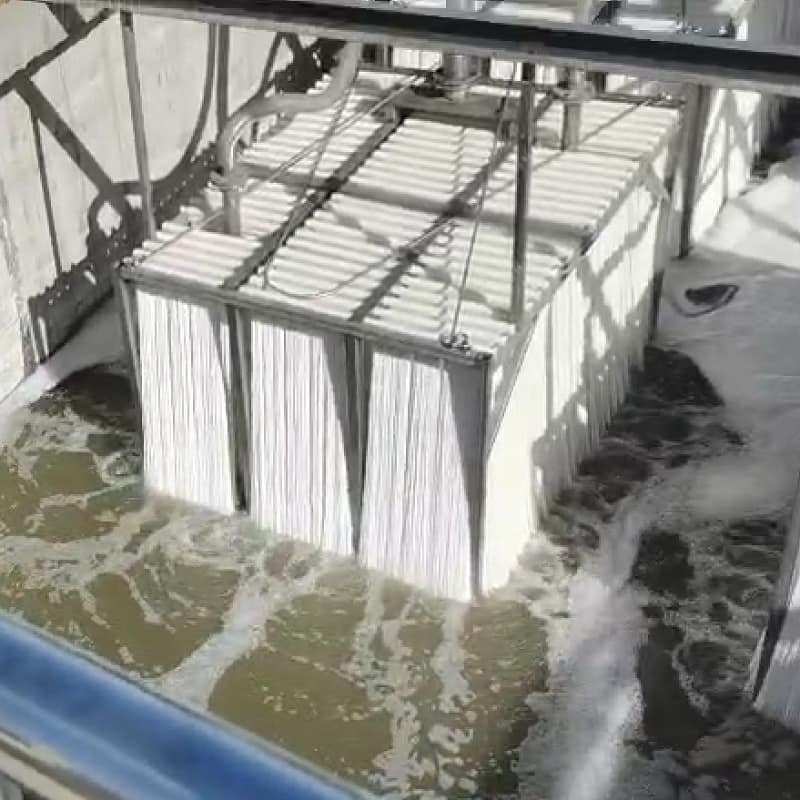Complete Guide to Summer Wastewater Treatment Plant Challenges and Solutions
Summer brings not only rising temperatures but also a unique set of operational challenges for wastewater treatment plants. Higher water temperatures accelerate biological activity, often leading to imbalances, process instability, and odor complaints. This guide explores the most common summer operation problems and offers practical solutions to keep your facility running efficiently during the hottest months of the year.
1. High Temperature Impact on Microbial Communities
As wastewater temperatures climb, microbial metabolism speeds up, increasing oxygen demand and potentially upsetting the balance between different bacterial populations. Excessive growth of filamentous bacteria can result in sludge bulking and poor settling performance.
Solution: Monitor dissolved oxygen (DO) levels closely and maintain sufficient aeration. Adjust sludge age to favor floc-forming bacteria and prevent filamentous overgrowth. Consider supplemental aeration during peak temperature periods.
2. Increased Odor Issues
Warm temperatures enhance anaerobic conditions in certain areas of the plant, leading to the release of hydrogen sulfide and other unpleasant gases. Odor complaints tend to rise sharply during summer.
Solution: Improve ventilation in critical areas, use chemical dosing (e.g., ferric chloride or nitrate salts) to control sulfide formation, and keep sludge storage times to a minimum.
3. Sludge Bulking and Foaming
Summer conditions can encourage excessive growth of foam-causing microorganisms such as Nocardia. This results in persistent foaming, which affects both the process and the plant’s appearance.
Solution: Reduce fat, oil, and grease (FOG) loading in the influent, control sludge age, and use surface spray systems or foam breakers as necessary. Regular microscopic examination can help identify early signs of filamentous and foaming bacteria.
4. Lower Dissolved Oxygen Levels
Oxygen solubility decreases as water temperature rises, making it harder to maintain optimal DO levels. This can compromise nitrification and other aerobic processes.
Solution: Increase aeration efficiency by optimizing diffuser maintenance, adjusting blower output, and considering fine-bubble aeration systems to maximize oxygen transfer.
5. Process Instability During Rain Events
Summer storms can cause rapid changes in influent flow and composition, stressing the biological process and leading to temporary effluent quality deterioration.
Solution: Enhance equalization capacity where possible and implement dynamic process control strategies to adapt quickly to changes in flow and load.
Conclusion
Summer operation challenges in wastewater treatment plants are predictable but manageable. By taking proactive measures — from aeration adjustments to odor control and microbial management — facilities can maintain stable performance and meet discharge standards even during peak seasonal stress.
Related: MBR Membrane Reactor Maintenance: Daily Inspection Checklist | Learn more from the U.S. EPA

